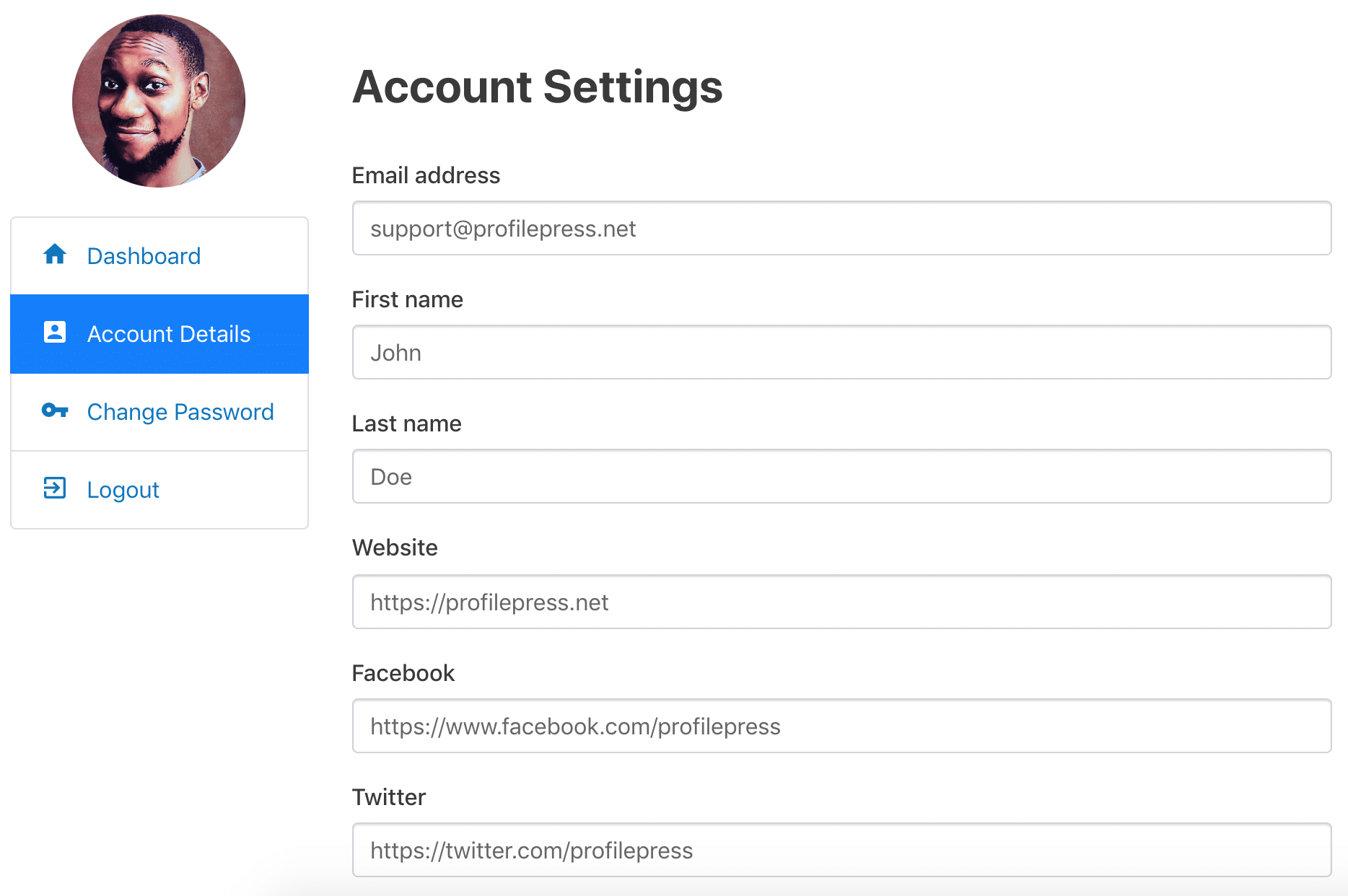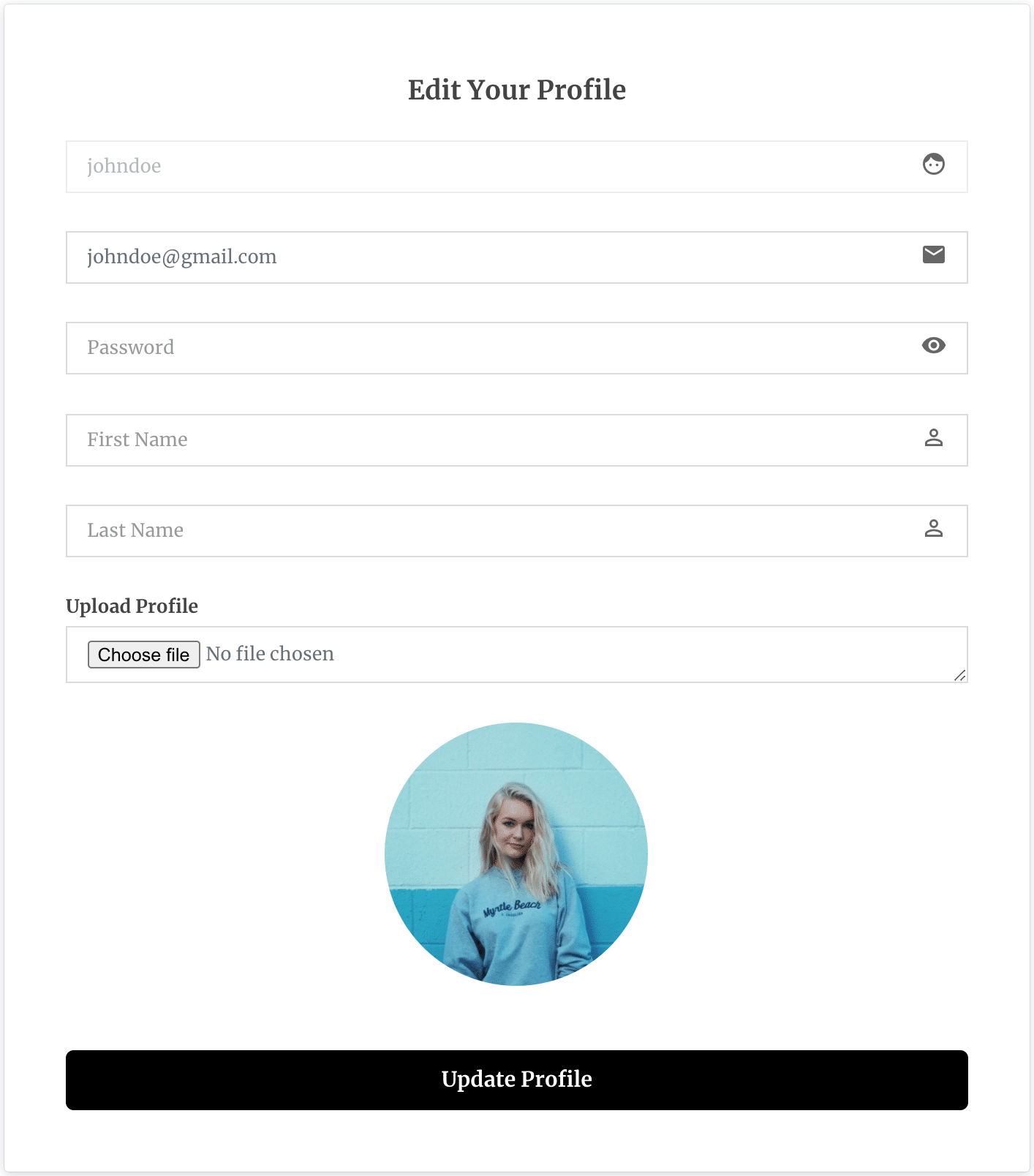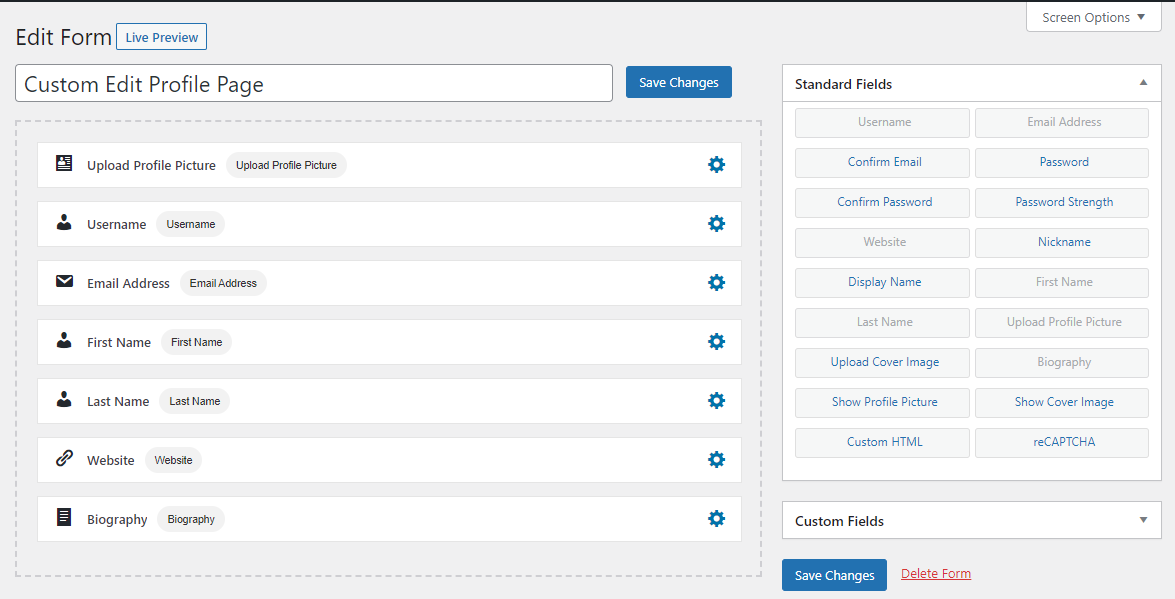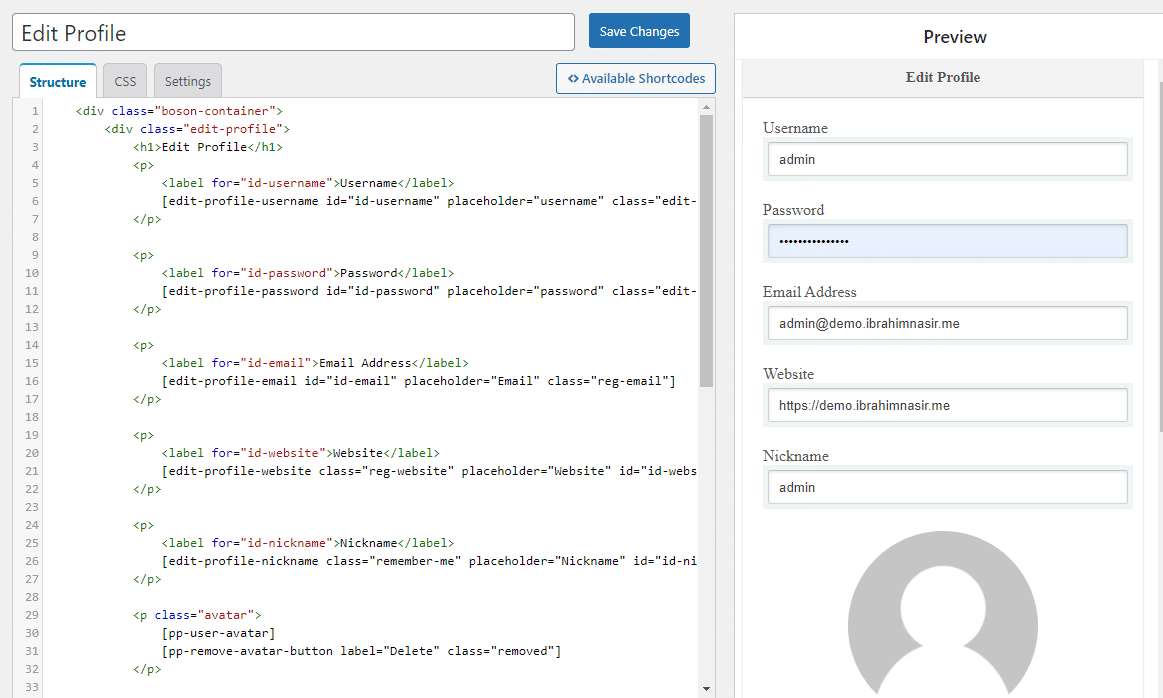How to Create a WordPress Frontend Edit Profile Page
Do you want to create a WordPress frontend edit profile page?
An important aspect of any website is the ability for users to edit their profile information directly from the frontend. A seamless and intuitive frontend edit profile page in WordPress can significantly enhance the user experience and engagement.
WordPress allows users to register and create profiles. However, by default, users can only edit their profiles from the backend of the WordPress dashboard.
If you want to allow users to edit their profiles from the frontend of your website, you need the ProfilePress WordPress plugin, which will enable you to create a frontend edit profile page for your WordPress website.
Table of Contents
Creating a WordPress Frontend Edit Profile Page
You do not need to create a custom WordPress edit profile form page because there is a My Account page with an “Account Details” section where your users or members of your WordPress membership site can edit or update their profile information, change their passwords, and account settings.

We highly recommend the My Account page over a custom frontend profile edit page, which you will learn how to create below.
The guide below will show you how to create a custom, frontend edit profile form page where users can update their profile information or edit their account details.

Building the WordPress Edit Profile Form
- Hover on ProfilePress and click on Forms & Profiles
- Click on Add New and select the form type
- Enter a name for the form
- Select your preferred template
- Design the form with the drag & drop builder or the Advanced shortcode builder.

You can preview how the form will look by clicking on the “Live Preview” button.

After saving the form, a shortcode will be generated for that particular form. Click on Forms & Profiles>>Edit Profile and copy the shortcode for the newly created form.
Creating the Frontend Edit Profile Page
- Navigate to “Pages -> add new” in your WordPress dashboard.
- Create a new page and give it a title.
- Add the form shortcode you copied earlier to the page content.
- Save the page

NB: If you are using Gutenberg Block Editor, you need to add the Shortcode block and then paste the shortcode in the field

Finishing Up
After creating the page, you need to set the page as the default edit profile page in the global settings section of ProfilePress.
- Hover on ProfilePress and click on Settings
- Select the Global Settings tab
- Scroll down to the My Account page section and select the newly created edit profile page.
- Click on Save Changes.

In conclusion, creating a frontend edit profile page in WordPress can significantly enhance the user experience and engagement on your website. By allowing users to update their profile information directly from the frontend, you empower them with control over their personal data and provide a seamless and intuitive editing experience.